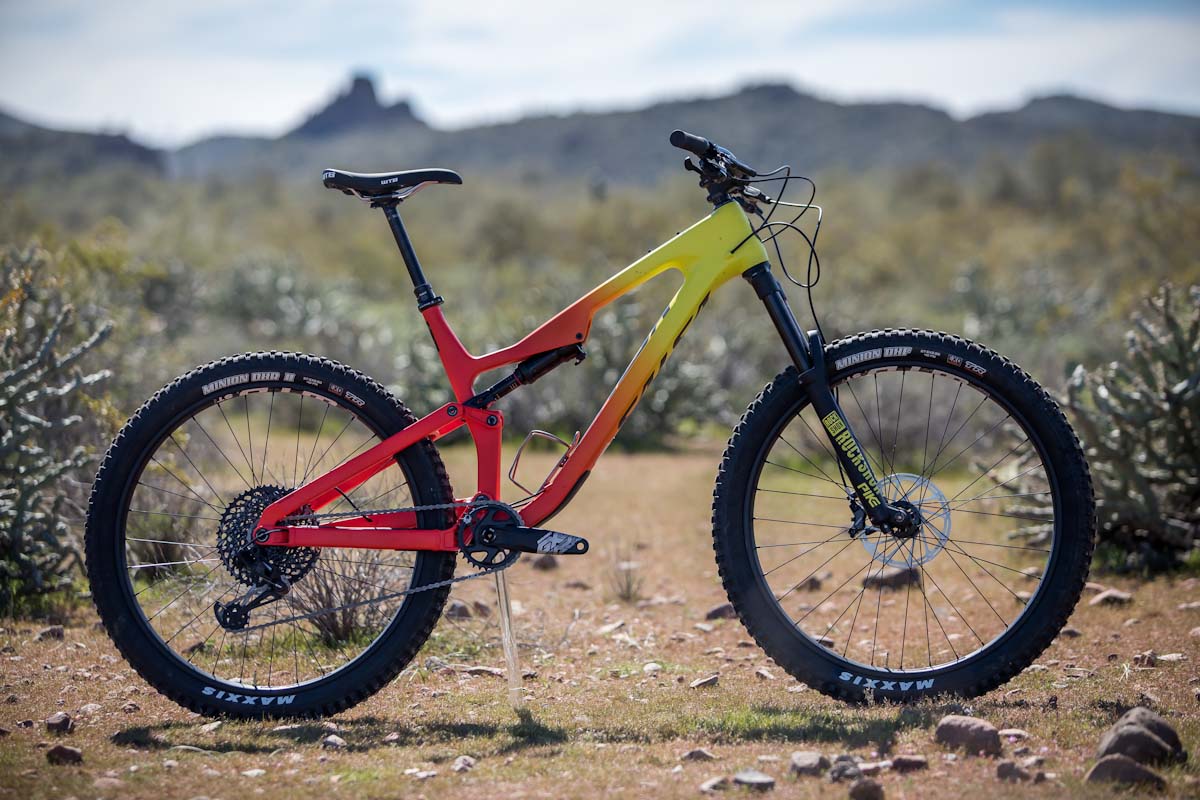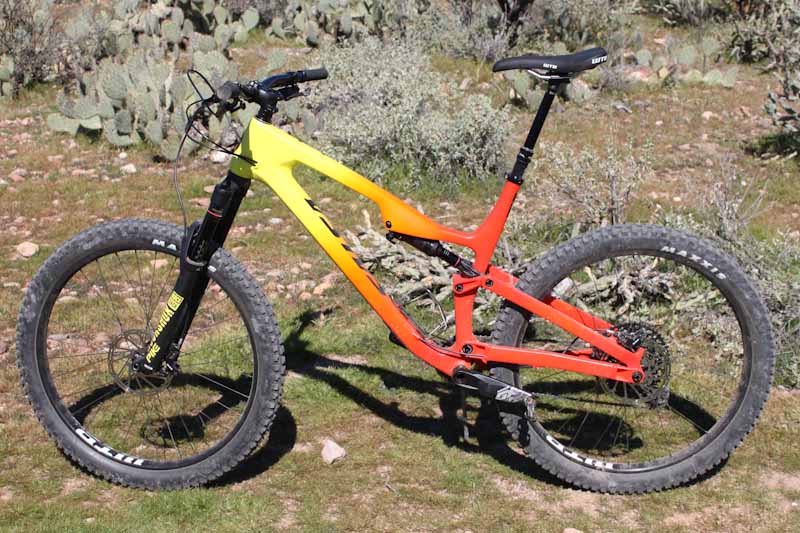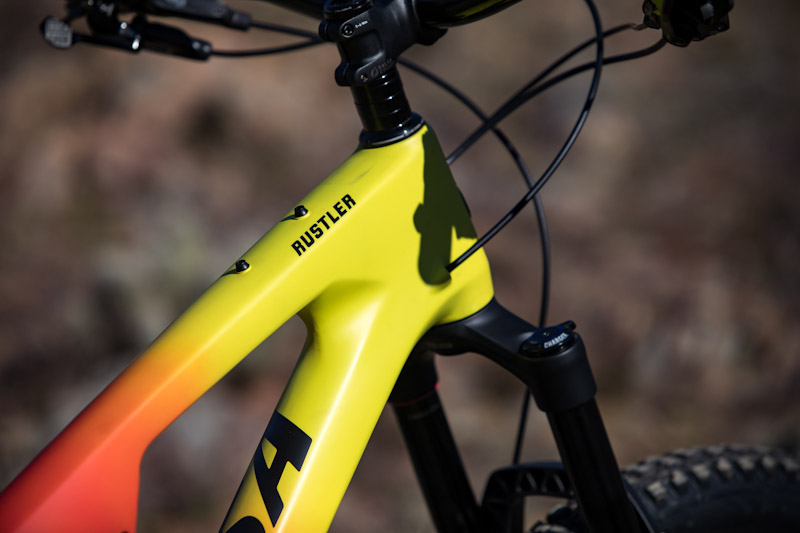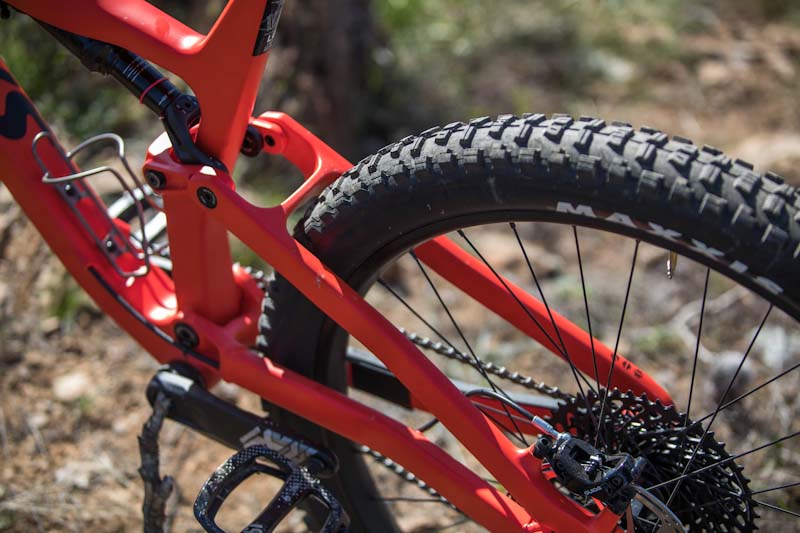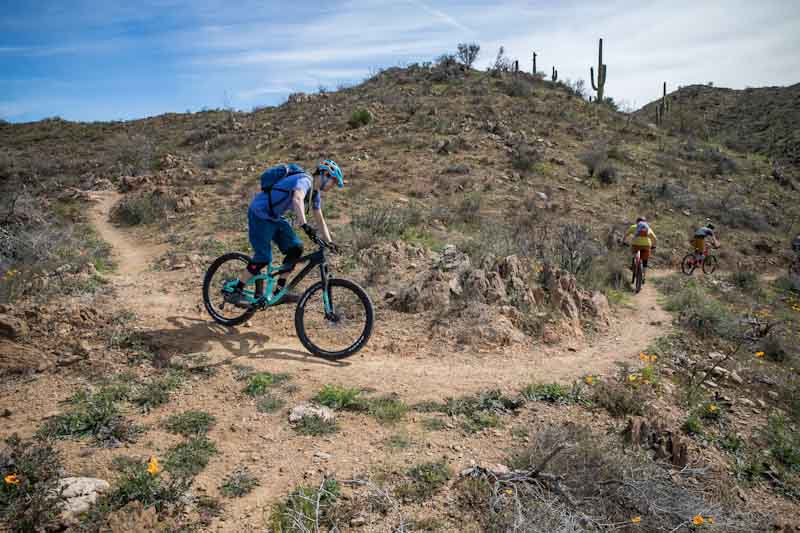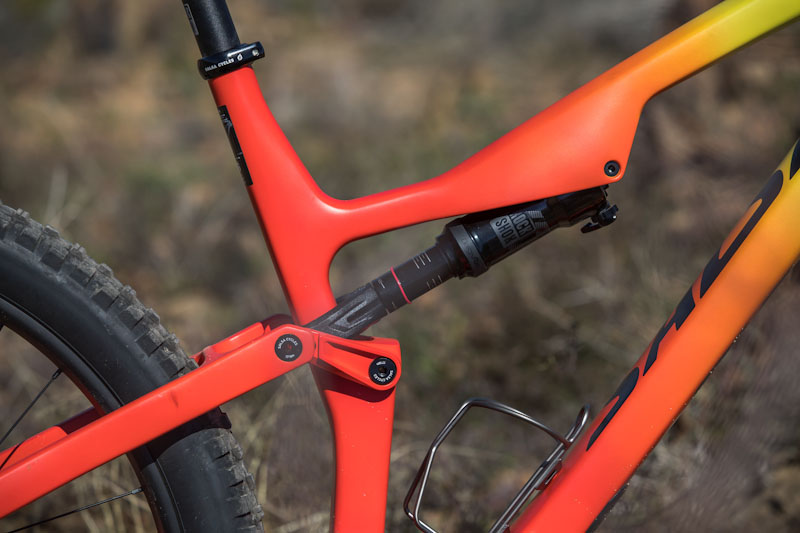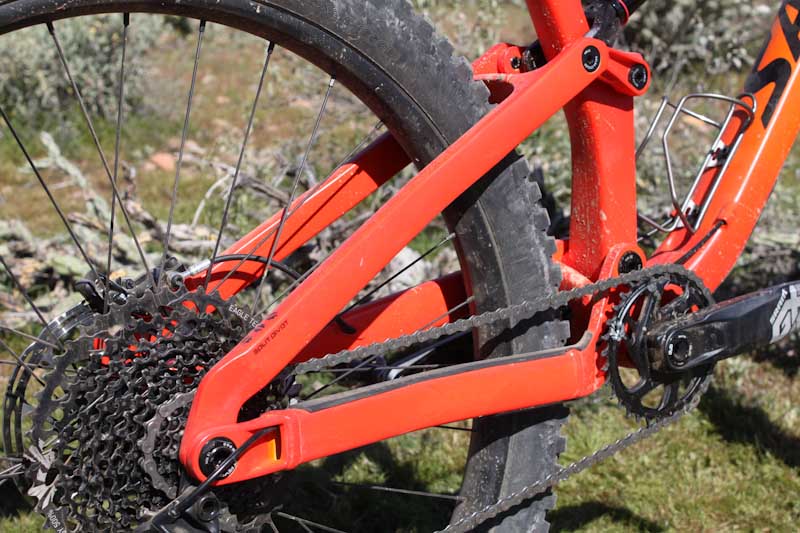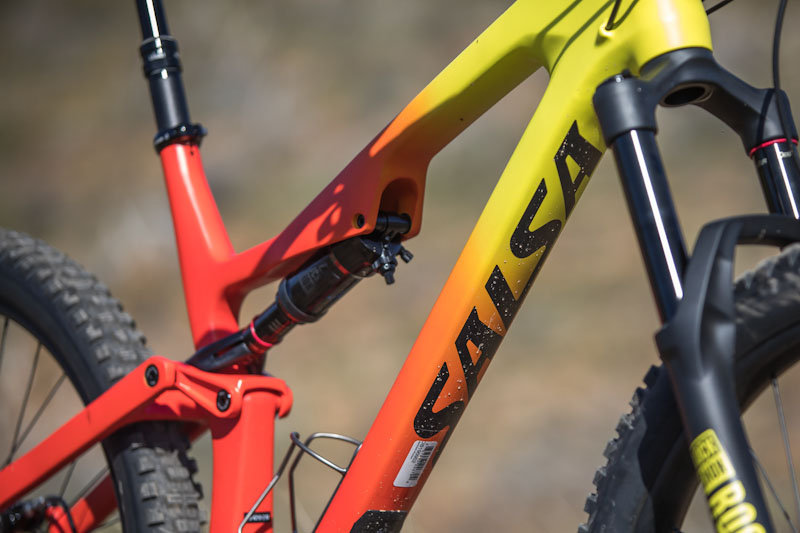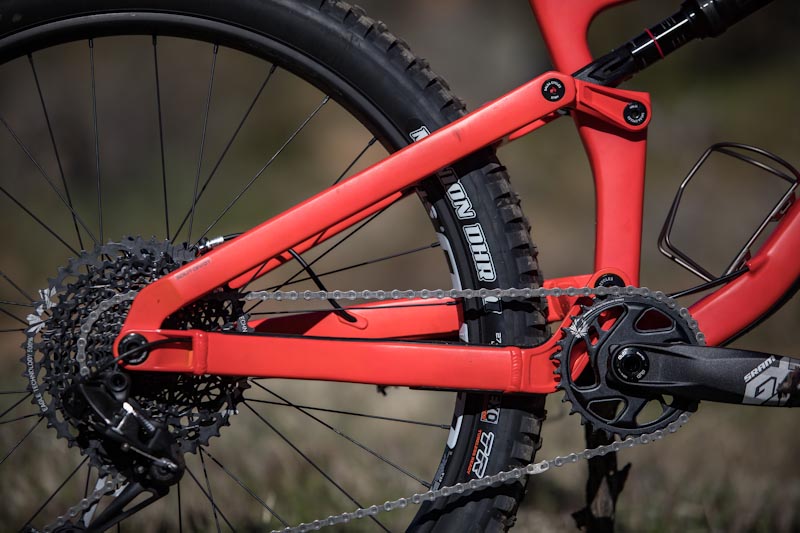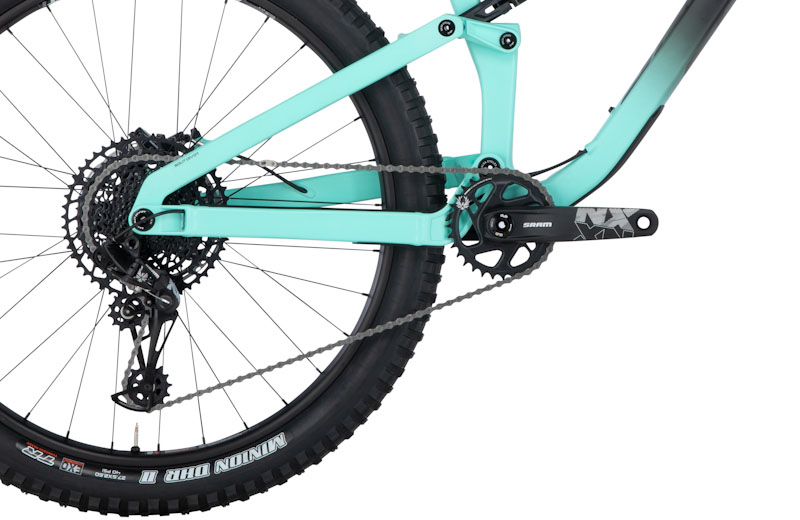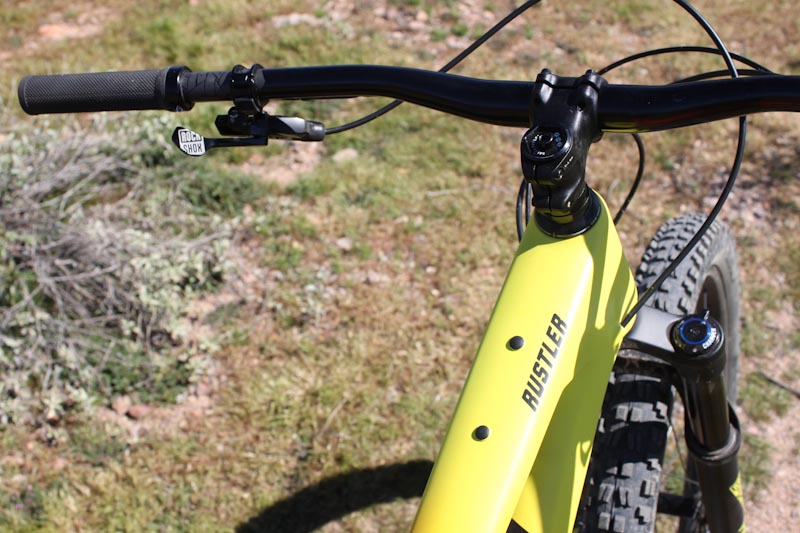Howdy pardner… you lookin’ to rustle up a good time on just about any trail? With 27.5” wheels, 130mm of rear travel, a 150mm fork and a short rear end, Salsa Cycles’ 2019 Rustler is one fun-loving trail bike. Salsa’s newly revised Split Pivot suspension gives the Rustler an excellent pedaling platform, and when the trail points down its lively, poppy character encourages you to pump and jump your way to the bottom.
I had the chance to test out the Rustler on a few sections of Arizona’s Black Canyon Trail, an ideal route to showcase the bike’s pedaling skills and its supportive linkage tune. While this trail didn’t offer up any chunky rock gardens that could really thrash on the bike’s rear end, I came away feeling that the Rustler could have handled much rougher terrain.
The Rustler’s frame geometry is pretty typical for today’s trail bikes, so I was comfortable on it right away. A size medium (what I ride, at 5’9” tall) has a roomy 439mm reach and an effective top tube of 616mm. The seat tube angle of 73.6° was steep enough to keep me sitting up over the pedals, so powering up climbs was no problem.
In the last two years I’ve noticed that modern trail bike geometry has really honed in to put riders in a well-balanced position. Where bikes from several years ago demanded a bit more body language, especially when shifting weight from one wheel to the other, I’ve noticed that current bikes like the Rustler don’t require this as much. Transitioning from a seated pedaling position to a standing uphill sprint was noticeably easy on the Rustler, and I never had to purposefully sit back to keep the rear wheel planted while climbing steeper pitches.
The Rustler’s 65.8° head tube angle is reasonably slack, but the bike retains pretty nimble handling. The short 426mm rear end encourages a playful riding style, making it easy to throw the back end around corners and wheelie or pop the bike off bumps.
All our demo bikes were set up in the flip-chip’s Low position, and I enjoyed the bike’s stability and cornering prowess but did clip a few pedals during the ride. In Low the BB sits at a 12.6mm drop, but if you’d prefer your BB a bit higher, just flip the chip in the shock mount and you’re up by about 4mm’s. I’d be curious to try the bike on rougher terrain to see which setting I stick with.
I was riding a carbon framed Rustler, and noticed plenty of lateral stiffness from the frame as I railed around corners. The beefy but smoothly integrated top shock mount and small, tightly arranged rocker links held all the moving parts together quite solidly.
After riding the Rustler (plus the Horsethief and Spearfish 29ers), I came away pretty impressed with Salsa’s Split Pivot linkage. The excellent pedaling efficiency is what sells me on this design, the best part being how it barely penalizes you for standing up and cranking hard.
With 130mm of squish, I rode in both the climb and wide open modes on the Rustler’s Rockshox Deluxe RT3 rear shock. Climb mode offered excellent pedaling efficiency, yet still did an impressive job of smoothing out bumps – I enjoyed very reliable traction over the moderately technical terrain we rode. As you’d expect open mode allowed for a bit of pedal bob, but with this inherently efficient linkage it’s definitely within reason to climb a chunkier trail with the shock wide open.
While traversing and descending, the linkage’s tune provides enough mid-stroke support to keep you from sagging deep into the shock’s travel. This keeps the bike’s geometry feeling more consistent throughout a ride, and provides a firm feel when railing hard into corners or popping off bumps. I wasn’t surprised to find I never bottomed out the bike, as it is tuned to ramp up sharply and we didn’t have rough enough terrain to push the Rustler to extremes. The small and medium-sized bumps we did ride were dealt with smoothly, and I do expect this bike could handle more abuse.
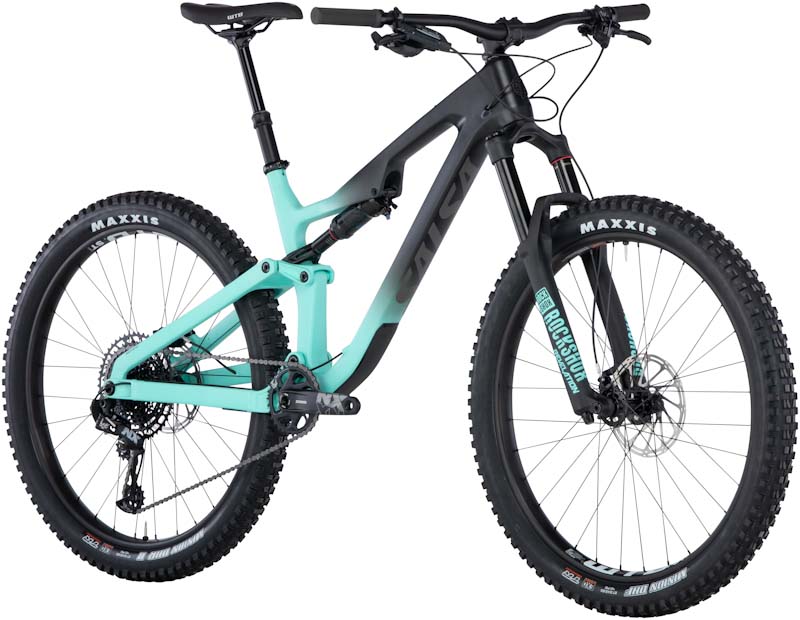
With just one chance to ride the Rustler I focused mostly on the frame’s ride characteristics for this review, but here’s a few notes on key components. Up front Rockshox’s Revelation RC 150mm fork was tough enough to handily eat up the Black Canyon Trail, and I doubt it would struggle with anything you’d typically choose a 130mm travel bike for.
The Rustler Carbon NX Eagle I tested proved once again that mid-range components are pretty darn good nowadays. The SRAM NX Eagle drivetrain provides a massive range and didn’t miss a shift, and the Guide T brakes on 180mm rotors provided good grabbing force and easy modulation. Maxxis’ 27.5×2.6” Minion DHF and DHR II tires are a bulletproof combo in a suitable size for all-around trail thrashing, and the frame clearance is there to go up to 2.8’s if desired. The boost-spaced WTB ST i35 wheels rolled along just fine, but I’d need much more time on rougher terrain to really test their mettle.
Stealth-routed dropper posts come on all Rustler models, and are matched to frame sizes (125mm on medium). The WTB Volt saddle was perfectly comfortable for me, and Salsa completes the build with their own handlebars, stem, and grips.
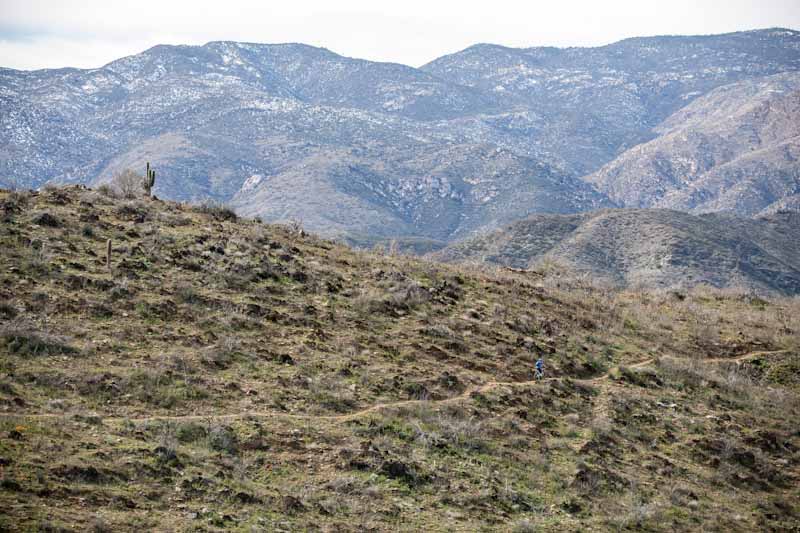
All in all Salsa’s 2019 Rustler proved to be a solid riding trail bike with a versatile setup and a poppy, playful attitude. The Split Pivot linkage makes it a highly capable climber, the geometry makes it easy to transition from steep climbs to fast descents, and its suspension tune offers predictable handling on moderate terrain and plenty of bottom-out resistance for when things get rough. This bike could definitely serve as your next ‘quiver-killer’.
The Rustler Carbon GX Eagle retails for $5,199, and the Carbon NX Eagle model sells for $4,199. Frame sets are also available for $2,799 with a rear shock and headset included.
